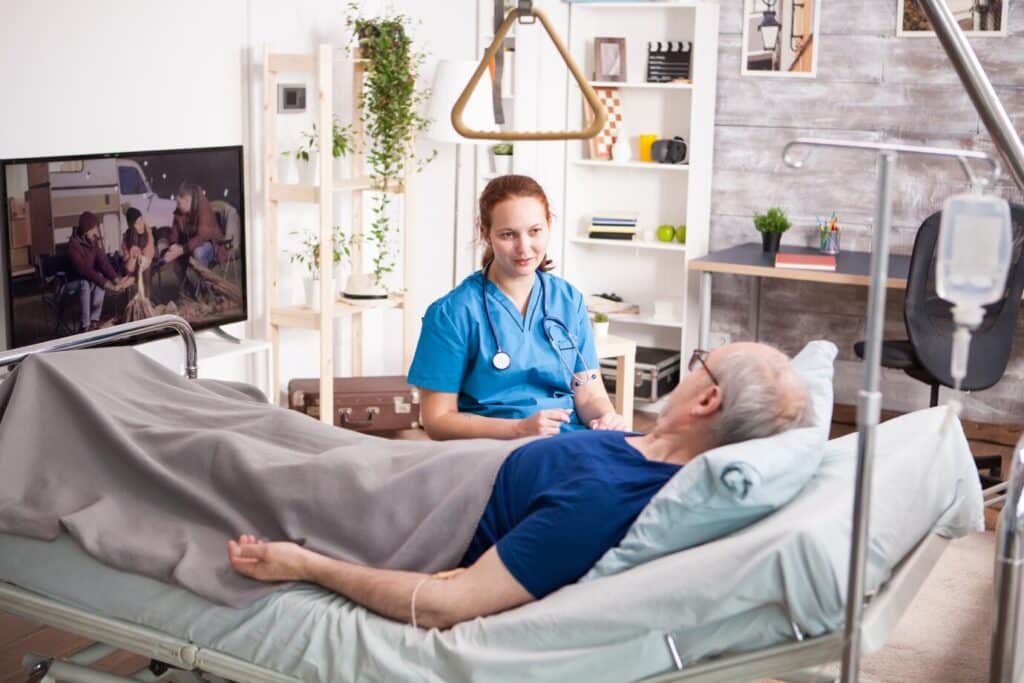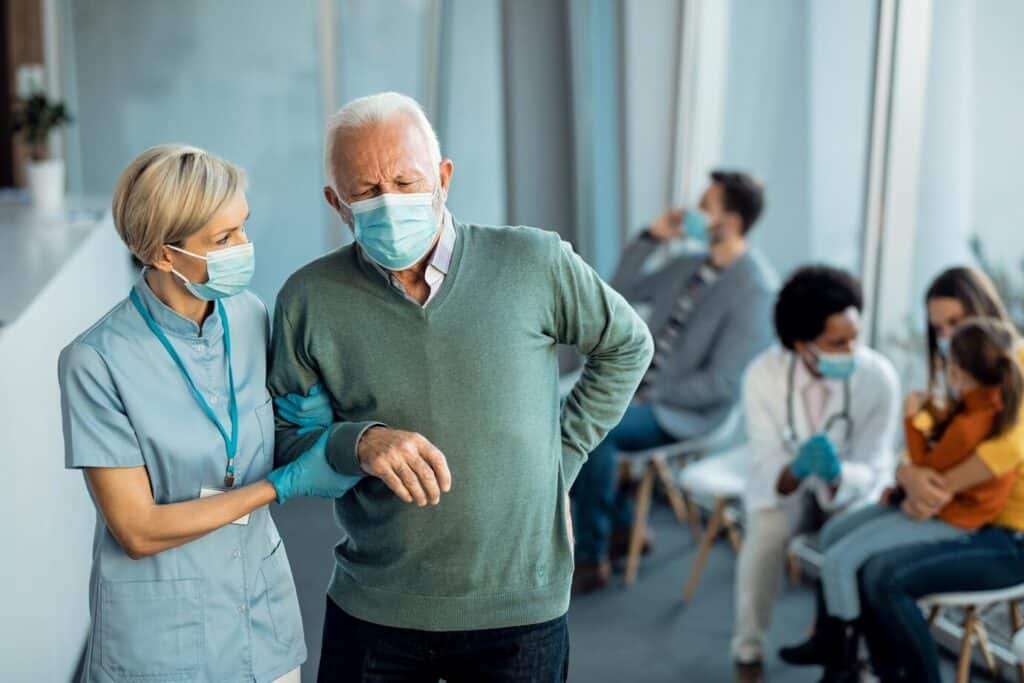In assisted living communities like Westmont of Chico, health emergencies can arise at any time. Whether it’s a fall, a cardiac event, or a sudden change in a resident’s condition, being ready to respond effectively is key to ensuring safety and well-being. That’s why facilities must invest in proactive strategies such as personalized care plans, staff training, and advanced technology.
Understanding how assisted living communities manage health emergencies helps families feel confident about their loved ones’ care. From prevention to immediate response, having a comprehensive approach ensures that no situation is left unaddressed.
Explore more about these essential elements for effective emergency management at Westmont of Chico.
Understanding Health Emergency Management in Assisted Living
Managing health emergencies in assisted living requires a combination of awareness, training, and ongoing preparation. Each resident presents a unique set of challenges, especially in crisis situations. Taking a proactive approach by understanding individual medical histories and communicating regularly with families can dramatically improve emergency responses.
Real-world examples of health emergencies in assisted living include strokes, severe allergic reactions, diabetic complications, and respiratory distress. Proper training and communication protocols help ensure that when such incidents occur, staff act swiftly and effectively.
Furthermore, the integration of on-site medical care guarantees residents access to immediate care, reducing the risks associated with delays.
The Role of Trained Staff in Crisis Situations
Trained staff members are the backbone of emergency response in assisted living. They are equipped with the knowledge to act promptly during emergencies in a care home, such as seizures, falls, or cardiac arrest.
These team members complete courses in first aid, CPR, and emergency preparedness. Additionally, regular drills and refreshers help them maintain readiness. During crises, trained staff can stabilize residents, contact emergency services, and communicate with families without hesitation.
Their readiness aligns with emergency management planning criteria for assisted living, ensuring compliance with safety standards while delivering compassionate care. You can learn more about staff preparedness and emergency support through the Red Cross emergency training programs.
Access to emergency medical care is also a crucial part of the staff’s toolkit, allowing them to escalate care as needed.
Importance of Personalized Care Plans
What care is given in assisted living is highly influenced by a resident’s individual care plan. Personalized care plans ensure that medical needs, health history, and preferences are factored into emergency responses.
Key aspects of personalized care plans include:
- Emergency Protocols for known health conditions.
- Medication Management tailored to individual regimens.
- Real-Time Updates to accommodate changing health needs.
- Collaboration between family members, physicians, and caregivers.
These care plans help staff act faster and with more precision during health emergencies. For instance, residents with chronic illnesses like heart disease or diabetes are managed with customized interventions. Learn more about chronic condition support at diabetes management in assisted living.
Leveraging Technology for Enhanced Response
Modern assisted living facilities use technology to strengthen emergency preparedness. Smart devices, wearable monitors, and automated alert systems are vital tools during health emergencies.
Medical Alert Systems
Medical alert systems are one of the best tools for handling emergencies in a care home. Their features include:
- 24/7 Emergency Monitoring
- Wearable Pendants and Wristbands
- GPS Location Tracking
- Two-Way Voice Communication
These systems ensure that residents never feel alone during an emergency. With just the push of a button, help is on the way. This technology aligns with community-wide safety protocols, ensuring prompt medical attention.
Vital Signs Monitoring
Real-time monitoring of vital signs enables early detection of examples of health emergencies such as sudden blood pressure spikes, arrhythmias, or low oxygen levels. Monitoring devices track:
| Vital Sign | Normal Range | Why It Matters |
| Heart Rate | 60–100 bpm | Detects irregular heartbeats |
| Blood Pressure | 120/80 mmHg | Tracks cardiovascular health |
| Oxygen Saturation | 95–100% | Assesses respiratory status |
By tracking these signs, caregivers can react before minor symptoms become critical. Systems like CarePredict provide predictive health insights through AI-driven wearables.
Comprehensive Emergency Plans and Preparedness
Creating a comprehensive plan is a major component of emergency management planning criteria for assisted living. These plans cover everything from risk assessment to community coordination.
Emergency Plan Overview
Key components of a thorough emergency plan include:
- Risk Identification: Evaluating medical risks for each resident.
- Clear Communication: Assigning roles during a crisis.
- Resource Inventory: Ensuring that emergency equipment is accessible.
- Collaboration: Working with local hospitals and EMS teams.
Facilities like Westmont of Chico follow this structure to deliver consistent and reliable care during all emergencies.
Staff Training Drills
Training is not a one-time event. Staff members engage in ongoing drills that simulate examples of health emergencies such as choking, fainting, and diabetic episodes. These drills improve timing, decision-making, and team coordination.
When real emergencies happen, these rehearsed protocols ensure calm and efficient execution.
Family Communication Strategies
Transparent communication with families during emergencies is vital. Here’s how assisted living communities ensure family involvement:
- Designated Emergency Contacts
- Real-Time Health Updates
- Clear Emergency Guidelines
- Open Feedback Channels
Providing families with these resources fosters trust and peace of mind during critical moments.

Community Involvement in Health Emergency Management
Community support plays an important role in handling health emergencies. Volunteers, local agencies, and healthcare providers can offer backup services, equipment, and manpower.
Examples of emergencies in a care home where community support makes a difference include natural disasters, infectious disease outbreaks, and power outages.
Public workshops and preparedness seminars not only educate families but also strengthen emergency response capabilities. Platforms like Ready.gov offer valuable resources for community-based planning and drills.
What Care Is Given in Assisted Living During Emergencies?
Many people wonder, what care is given in assisted living during an emergency? The answer includes a combination of:
- Immediate On-Site Medical Attention
- Medication Review and Adjustment
- Post-Emergency Monitoring
- Hospital Coordination
- Emotional and Family Support
Assisted living communities are prepared to handle both minor and severe examples of health emergencies, ensuring residents remain safe, monitored, and cared for throughout the crisis and recovery.
Strengthening Emergency Response: Your Role as a Family Member
Families play a key role in preparedness by understanding care plans, participating in emergency meetings, and staying informed. Knowing the emergency policies in place and ensuring your contact information is updated helps improve the overall effectiveness of the response system.
Staying engaged with the community and asking about emergency management planning criteria for assisted living gives you peace of mind and reinforces a resident-first approach.
Your Safety Net in Times of Crisis
Health emergencies don’t have to lead to panic or poor outcomes. At Westmont of Chico, a strong safety net composed of trained staff, smart technologies, and personalized care ensures every resident receives prompt, appropriate treatment.
By understanding the intricacies of emergency preparedness—from examples of health emergencies to response plans—you can trust that your loved one is in caring, capable hands.
To learn more, contact Westmont of Chico at 530-767-3886 or schedule a Tour to see the community in action.
Dive into the vibrant life our Westmont communities have to offer.Find Where You Belong
Frequently Asked Questions
What are five examples of emergency situations?
Five common emergencies include fires, medical emergencies, natural disasters (such as earthquakes or floods), power outages, and security threats. Each of these situations poses a safety risk and requires immediate action. Being prepared can help minimize harm and ensure a faster response. For elderly individuals, these emergencies can be hazardous, making planning and quick communication essential.
What are the five emergency procedures?
The five key emergency procedures are: stay calm, assess the situation, call for help (such as dialing 911), provide assistance if safe to do so, and follow the established emergency plan. These steps help ensure that everyone knows what to do and how to act efficiently. Emergency drills and training can improve response times. For caregivers and family members, understanding these procedures is crucial, especially when caring for seniors.
What is the emergency plan for elderly people?
An emergency plan for elderly individuals includes identifying potential risks, creating a contact list, preparing a go-bag with medications and essentials, planning evacuation routes, and sharing the plan with caregivers. Seniors may have mobility issues, so accessibility and medical needs should be prioritized. Coordination with neighbors, family, or senior care facilities adds another layer of support. Regularly reviewing and updating the plan ensures it remains effective.
What are the seven steps in the emergency action plan?
The seven steps in an emergency action plan are: 1) assess the risk, 2) identify emergency scenarios, 3) define roles and responsibilities, 4) establish communication protocols, 5) outline evacuation procedures, 6) provide emergency training, and 7) review and update the plan regularly. These steps form a clear framework to handle emergencies effectively. For elderly care, the plan should also consider medical needs, mobility support, and accessible exits. Practicing these steps through drills can improve preparedness.









